The first person to be convicted of speeding in the UK was Walter Arnold of East Peckham, Kent. On January 28, 1896 he was fined for speeding at 8 mph (13 km/h), thus exceeding the contemporary speed limit of 2 mph (3.2 km/h), after being chased for five miles by a Peeler on a push bike. He was fined 1 shilling plus costs
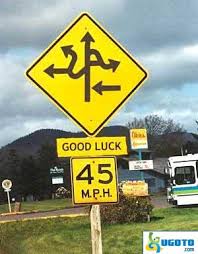
A police officer who was caught driving at 98mph in a 50mph zone claimed the speed limit was not enforceable because the signs were not lit.
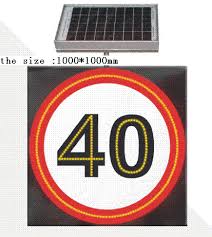
A Swiss millionaire has been handed down a record speeding fine of $290,000 (£180,000) by a court. "The accused ignored elementary traffic rules with a powerful vehicle out of a pure desire for speed," the court said in its judgement.


Motorist beats 98mph speeding charge - by buying back his car and proving it can only manage a top speed of 85mph.


A new court ruling means that someone at the front of a group of vehicles is now responsible for the highest speed of any member of the group and will get points/ban accordingly.
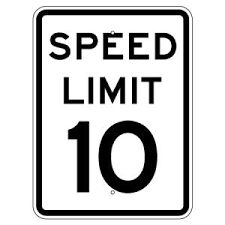
Also known as the FIP (Fixed Installation Post / Position), this is the big grey box that we all know and hate. According to Chief Inspector Phil Groves (ACPO), the ratio of live units to dummies in the UK in 1999 was 1 in 8. In other words, when you tear past one of those grey boxes, there's a 1 in 8 chance that it's loaded. This is because the flash and the radar unit are cheap, but the camera units themselves are prohibitively expensive. So dummy boxes can have the radar and flash in but no camera, which can give the effect of having been caught, but without any photo actually being taken.

Traffic engineers may rely on the 85th percentile rule to establish speed limits. The speed limit should be set to the speed that separates the bottom 85% of vehicle speeds from the top 15%.
The theory is that traffic laws that reflect the behavior of the majority of motorists may have better compliance than laws that arbitrarily criminalise the majority of motorists and encourage violations. The latter kinds of laws lack public support and often fail to bring about desirable changes in driving behaviour. However, a review of available speed studies demonstrates that the posted speed limit is almost always set well below the 85th-percentile speed by as much as 8 to 12 mph.
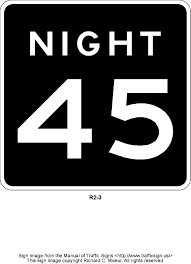
The Stinger DSI is by far the world's most expensive speedtrap alert system, £1600 without fitting will get you the main kit. The laser jamming system is extra and will set you back approximately £600 for each end of the car and approximately £400 for the side laser system.
Motorists in some regions of Britain are twelve times more likely to be given speeding fines and points on their licence than in other areas, according to new research which highlights a "postcode lottery" of motoring prosecutions.
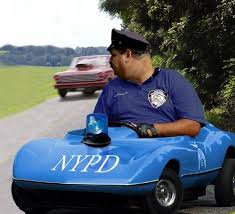
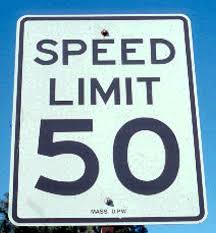
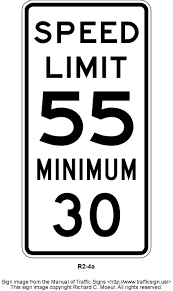
No comments:
Post a Comment